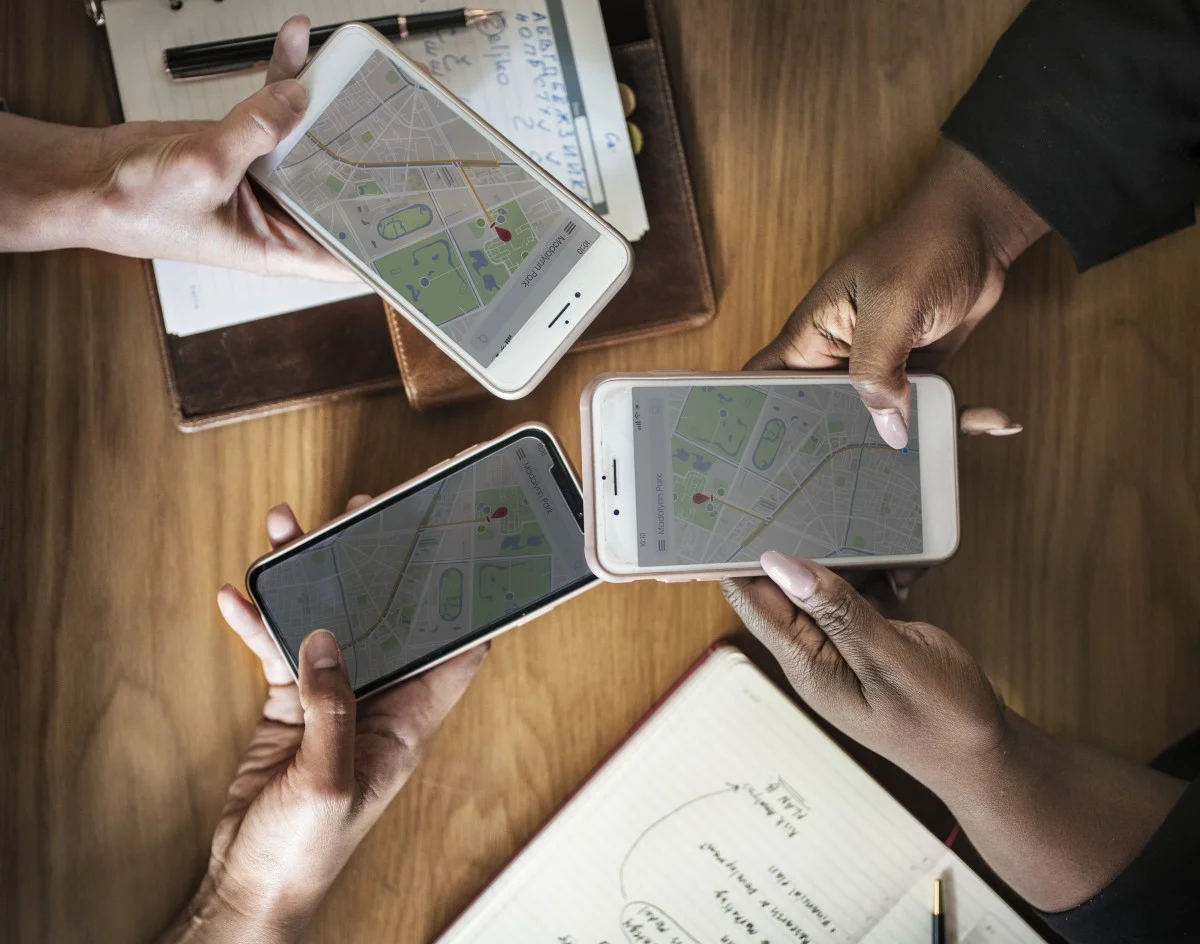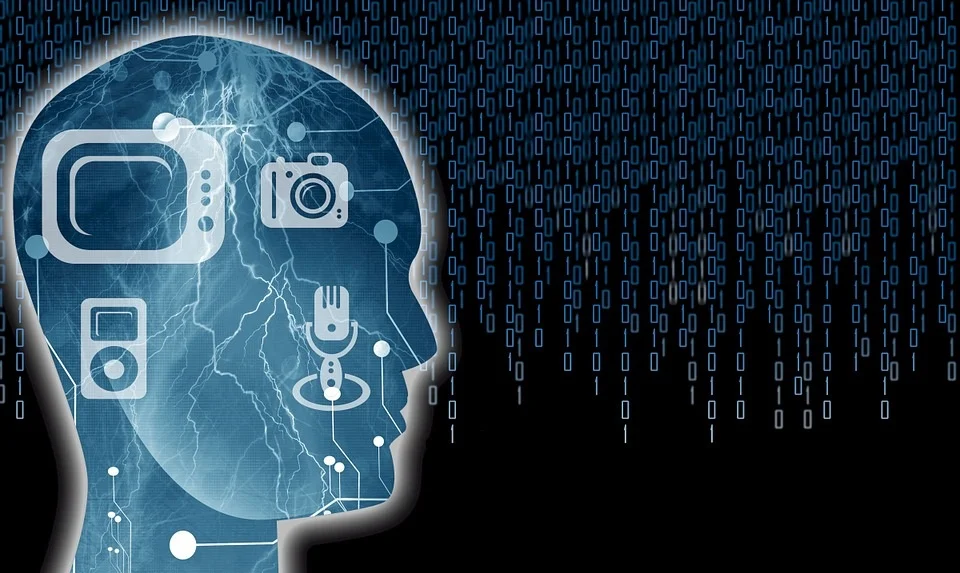If an arts manager or arts organization is looking for an easy way to increase audience engagement and/or collect information about the audience it serves, QR Code Generator is a tool to consider. Its simplicity and customization options set it apart from its competitors. Arts Managers need audience data, and the use of QR codes will enable easy collection and essential audience data analysis.
Resources
“Kaywa QR Managment-Pricing.” Accessed September 17, 2018. http://qrcode.kaywa.com/page/pricing.
“QR Code Generator - New Manage.” Accessed September 17, 2018. https://app.qr-code- generator.com/manage/?login=1.
Susono, Hitoshi, and Tsutomu Shimomura. 1006 Current Developments in Technology-Assisted Education (2006) Using Mobile Phones and QR Codes for Formative Class Assessment, n.d.
“Unitag - Connect to the World.” Unitag. Accessed September 17, 2018. http://dashboard.unitag.io.
Yarden. “Dynamic Code Vs Static Code.” Visual QR Code Generator Blog | Visualead, April 6, 2014. http://blog.visualead.com/dynamic-code-vs-static-code/.
“100 Euro to US Dollar, Convert 100 EUR in USD.” Accessed September 17, 2018. https://eur.currencyrate.today/usd/100.


























